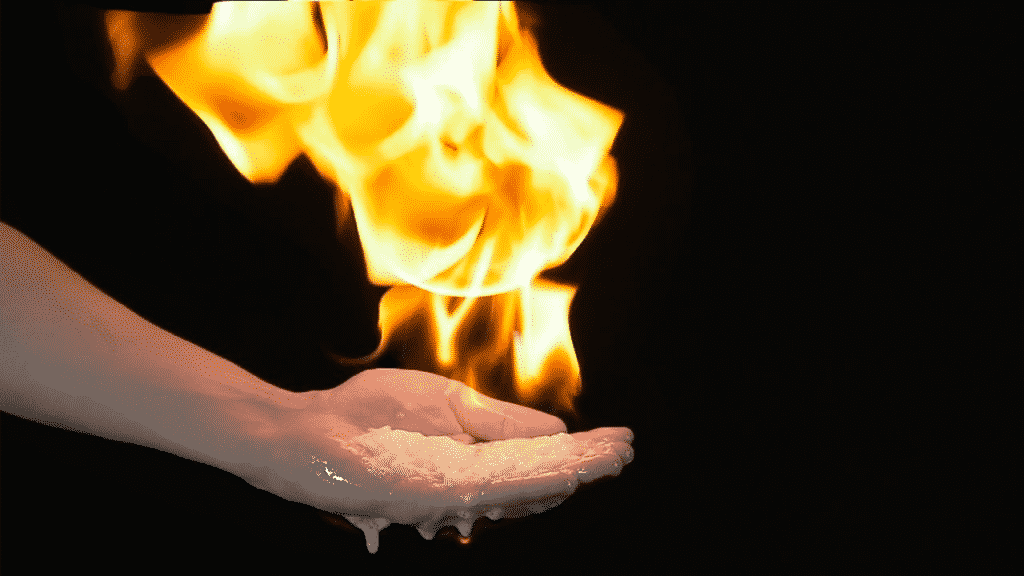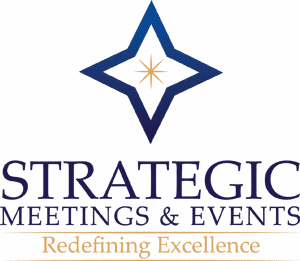Assessing Risks – With Preparation You Can Put Out Almost Any Fire
By Christy Lamagna, CMP, CMM, CTSM, and James S. Rota
Have you heard people say they’re a right-brain or left-brain thinker? Right brainers tend to be creative and instinctual, left-brainers more analytical and logical. That’s how Beauty & the Brain was born. James Rota’s creativity meshes with Christy Lamagna’s strategic thinking to bring a well-rounded approach to events. These columns are designed to highlight both sides of the planning process and preparation for risks.
From the Beauty
Analyzing and assessing risks allows us to understand them so we can make educated decisions on how best to manage them.
Risk consists of two components: acknowledging something can go wrong and the destructive consequences that will happen if it does.
The first step is to identify risks. They can result from human error, financial changes and market fluctuations, technology breakdowns, and/or disease, weather and natural disasters. With all we have on our plates as meeting professionals, it can be easy to overlook these risks.

The process of analyzing risk can be very involved. You need to get detailed information on the risks from all areas relevant to your project. A good first step is to discuss the program with your insurance carrier.
When it comes to guests’ safety and fire, one of the best things you can do is get certified in crowd control. You’ll learn how to move guests to safety in a quick and orderly fashion avoiding panic, which could result in tragedy. You can become certified online HERE.
It doesn’t take much time to get your certification, and the time is a small investment in yourself and your business. In this case as in many others, knowledge is a beautiful thing!
From the Brain
Although risk is present in every component of our days, we leave home each morning, and lead productive lives. We can’t change the presence of risk, but we can mitigate its potential damage by being prepared.
We each react to extreme stress differently. Regardless of the situation or your mindset in a moment of crisis, without a plan or the proper tools in place, your ability to manage it can be severely hampered.
My barbecue caught fire during the summer. Not a simple, “the burgers were flaming” fire, a full-on inferno at the gas line. The propane tank was full so the fire had hours of fuel. I wasn’t sure what the physics behind propane tanks exploding was, but I knew I had to get the fire out quickly and that water wouldn’t work. Thankfully I had two fire extinguishers nearby. My preparedness compensated for my lack of knowledge on the subject of propane gas explosions and a crisis was averted, save for my destroyed grill.
My point: Identifying risks requires a two-pronged attack: forethought into what can go wrong and preparing for it with both knowledge and physical resources. On-site at events, that means knowing where defibrillators and fire extinguishers are and when they were last serviced, meeting with the security team, understanding evacuation procedures, having a planner staying at every hotel guests are at, making sure that person has a list of all guests staying there and contact information for all key players. Knowing where the closest hospital or walk-in clinic is, and directions to it, are also essential.
Bringing a well-stocked gang box means you can handle office emergencies, but for true emergencies, make sure you have flashlights and first aid kits complete with warming blankets, CPR mouth guards, rubber gloves and ice packs.
With all we’re responsible for during a program, preparation is paramount in averting or minimizing a disaster.
Remember: Well-prepared is beautiful!
Tags: With Preparation You Can Put Out Almost Any Fire, Events, Meetings, Corporate Events, Corporate Meetings, Event Planning, Event Planners, Strategic Planners, Strategic Events, Plan Your Meetings





